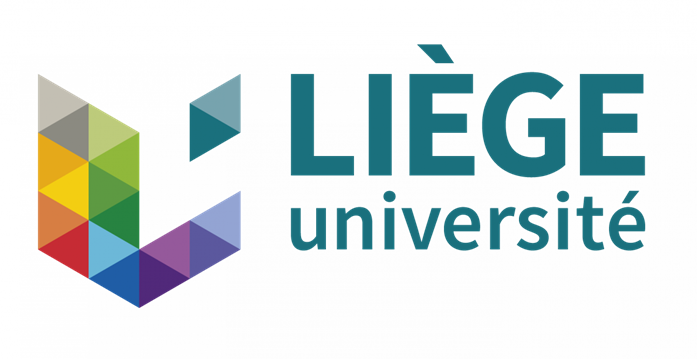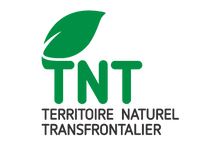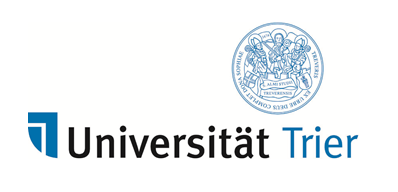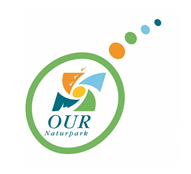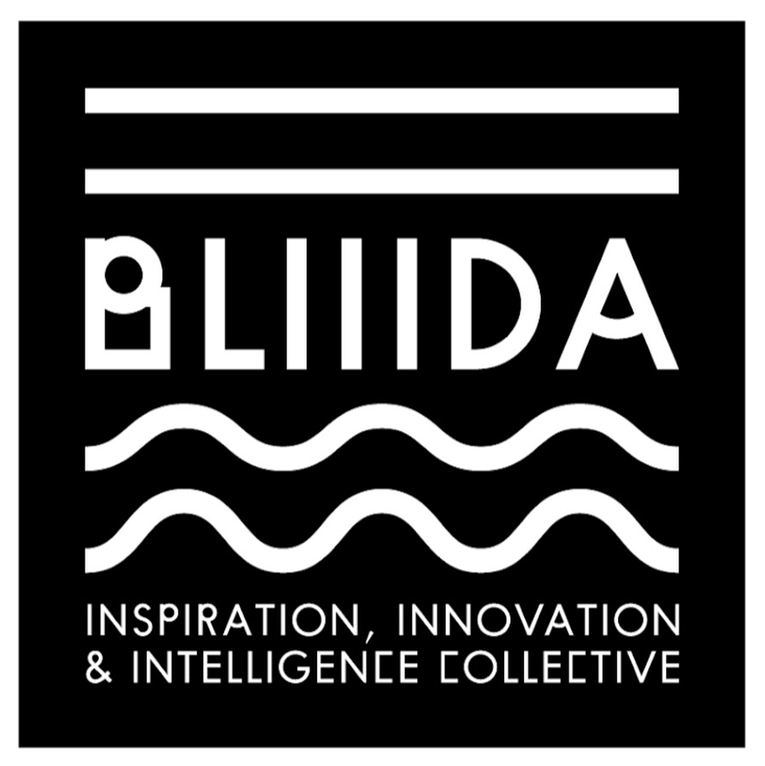
The Agence Luxembourgeoise d’Action Culturelle (ALAC) is a not-for-profit organisation that was created in 1996 in the wake of Luxembourg’s year as 1995 European Capital of Culture. The Agency was established in order to perpetuate the fruitful cooperation between Luxembourg’s Department of Culture and Luxembourg City in the field of culture.
Firmly entrenched in the cultural life of Luxembourg through its diverse activities, over the years the ALAC has become the link between public authorities and cultural stakeholders, as well as between different ministries and regional authorities, in areas including the Greater Region.

Bliiida (formerly known as TCRM-BLIDA) is the “third place” stakeholder driving inspiration, innovation and collective intelligence in the city of Metz (France).
Housed in a former bus depot and slaughterhouse complex, the 25,000m² site is dedicated to art and experimentation. Around a hundred artists, entrepreneurs, associations and media professionals rub shoulders here in pursuit of a common goal: to produce innovative works, products and services by working together under the shared brand #madeinbliiida.
After hosting a co-working space in 2015, the site underwent major refurbishment works in 2018 before opening its doors to the general public. By 2020, it will have become one of the central economic and artistic hubs in Metz (Métropole art and tech) and France’s wider Great East region.
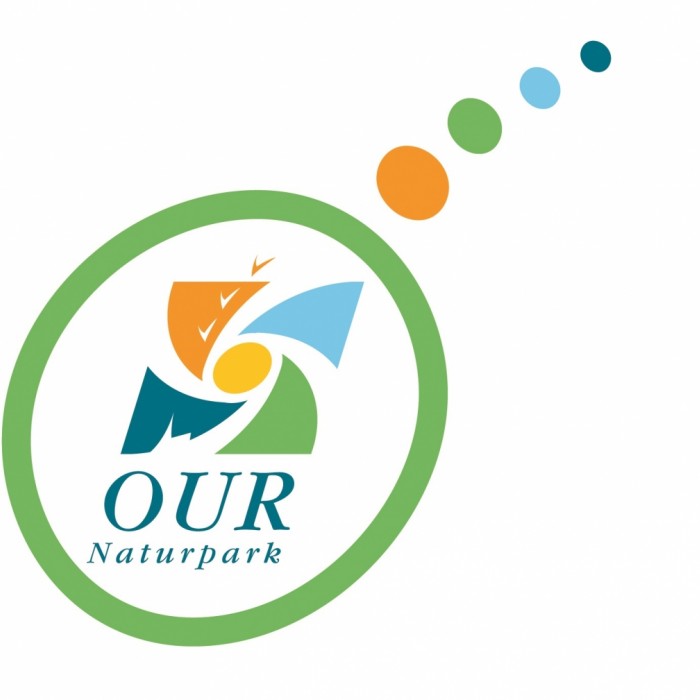
The Our Natural Park (Parc Naturel de l’Our), officially created in 2005, is situated in North-Eastern Luxembourg and shares a border with Germany and Belgium. Comprising eight municipalities with a total of 21,000 inhabitants and overall surface area of 420 km2, it offers a platform for regional sustainable development.
Other objectives include economic development in line with the region’s natural wealth, and quality of life for inhabitants.
With agriculture having always played a key role in this rural region, numerous initiatives have been launched in an attempt to improve income and agricultural diversity.

